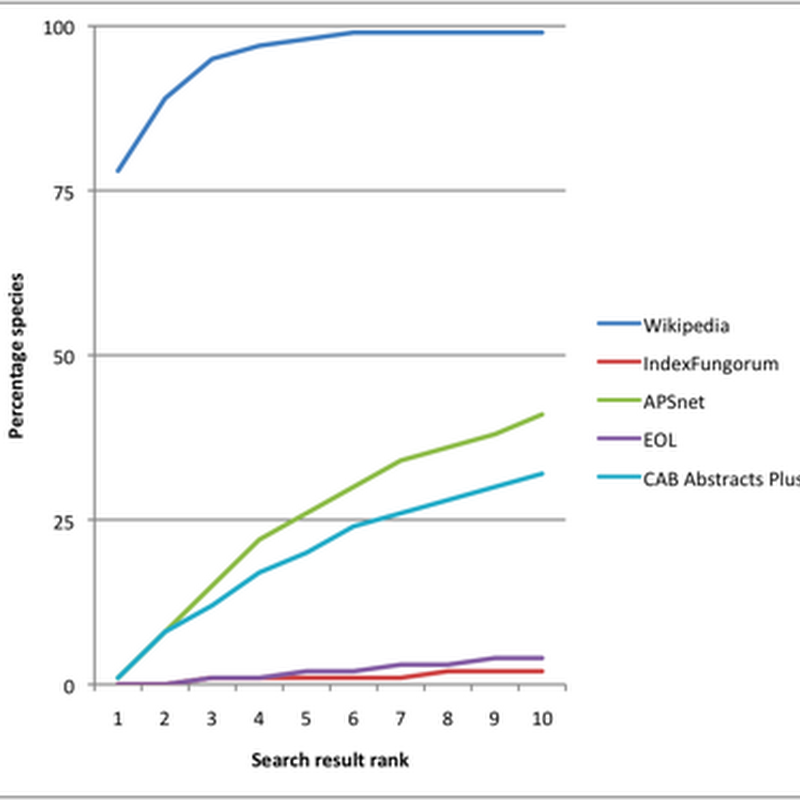
Quick note on Frankenplace, a cool search tool that displays the geographic distribution of documents that match the user's query as a heatmap. Details of how the tool works are given in: At the heart of the method is a discrete global grid that divides the world up into small areas of the same size.






